The authorities appear to be passing the buck over who is responsible for Verki wetland
Tucked away along the Dhekelia-Larnaca-Oroklini seafront, framed by residential houses on both sides, lies the Verki wetland. With ducks gliding across the water and cats wandering along the reeds, Verki looks like a natural oasis from afar, however, up close, is a different reality.
Dead fish drift on the water, broken wooden pallets lie abandoned on the shore, and plastic waste is left behind carelessly. All of this just metres from the beach and a sign declaring the designated “marine protected area of Larnaca-Oroklini”.
As a responsible citizen, one might feel compelled to contact the authorities to inquire how the area ended up in such a condition. After all, floating dead fish rarely signal anything good, as should be known since the plagues of Egypt, where dying fish were among the first signs of impending disaster.
Thankfully, two signs, one at the entrance to the wetland and another at its edge by the beach, offer some direction. Both clearly prohibit fishing in the area and list two contact numbers with the notification: “To report an incident, please call.”
And since the sheer degradation of a natural landscape could certainly be considered “an incident”, a call seems appropriate. As it turns out, only one of the two numbers actually works, and there the first two attempts remain unanswered.
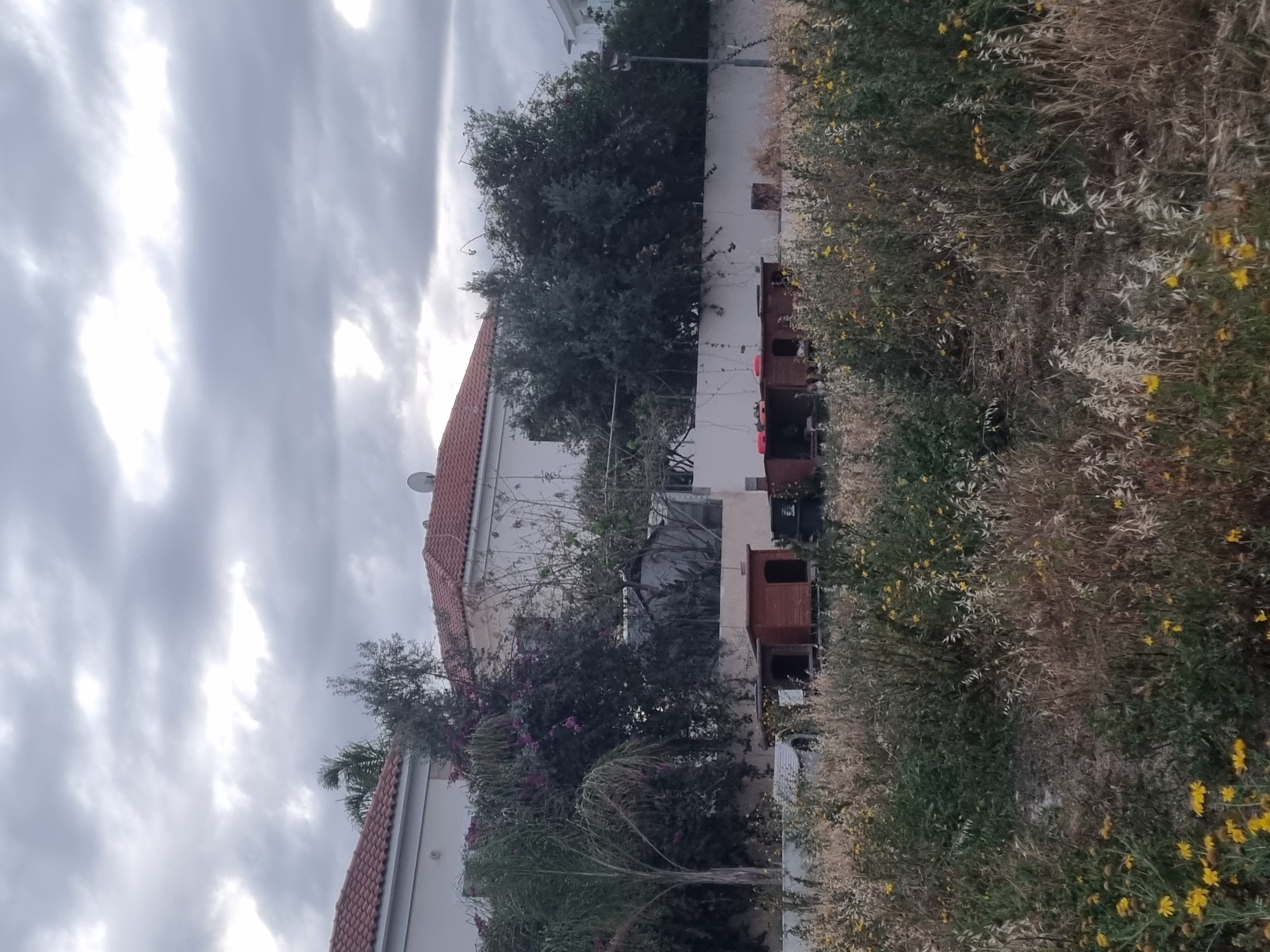
Eventually, an employee of the fisheries department picks up the phone, despite there being no indication on the sign that the number belonged to them. After a brief exchange, we are connected with Georgios Ioannou, a department officer, who tells us that the department’s responsibility is limited to monitoring and preventing illegal fishing activity in the area, but was not accountable for looking into dead fish matters. For matters beyond their remit, they point to the Larnaca municipality as the local authority responsible in the Oroklini area.
Ioannou, however, offers his help in identifying the fish via pictures and finds that the dead fish were likely to be “tilapia”. He notes that this species was particularly sensitive to sudden drops in temperature, such as those recorded in Cyprus in previous weeks, suggesting that this could have been the cause for their deaths. Another likely cause, he adds, could be low oxygen levels in the wetland.

Meanwhile, a response from Larnaca arrives. The municipality confirms that the area falls under its jurisdiction. The wetland, it explains, is fed by three freshwater springs and was a protected site due to the birds and fish living there.
The municipality notes that in previous years, reed cutting had been carried out every two to three years by the former Voroklini community council.
This would also include the addition of fresh water to improve oxygen levels as a measure taken in response to low rainfall and the current reduced inflow from underground springs. Maintenance, they emphasise, was carried out “according to the guidelines of the department of environment and the department of fisheries”.

Asked to clarify those guidelines and responsibilities, Pavlos Pavlou, an officer at the department of environment, explains that when it comes to coastal zones, the competent authority is the district officer, while pollution issues within a community fall under the jurisdiction of the respective municipal council. Pavlou suggests to directly contact the Oroklini municipality. The buck passing seems to continue.
In an attempt to clarify the situation, Neophytos Fakontis, deputy mayor of Oroklini, confirms that the responsibility for the area had shifted from the community council of Oroklini to the municipality Oroklini. Since local government reform on July 1, 2024, the municipality of Larnaca, that had previously pointed to the responsibility to Oroklini was responsible, he says.
Addressing the conflicting claims about the protected status of the wetland, Facontis asserts that while the area is not officially classified as a protected wetland, the municipality has been taking steps to safeguard its environment, particularly for the birds and fish that inhabit the area.
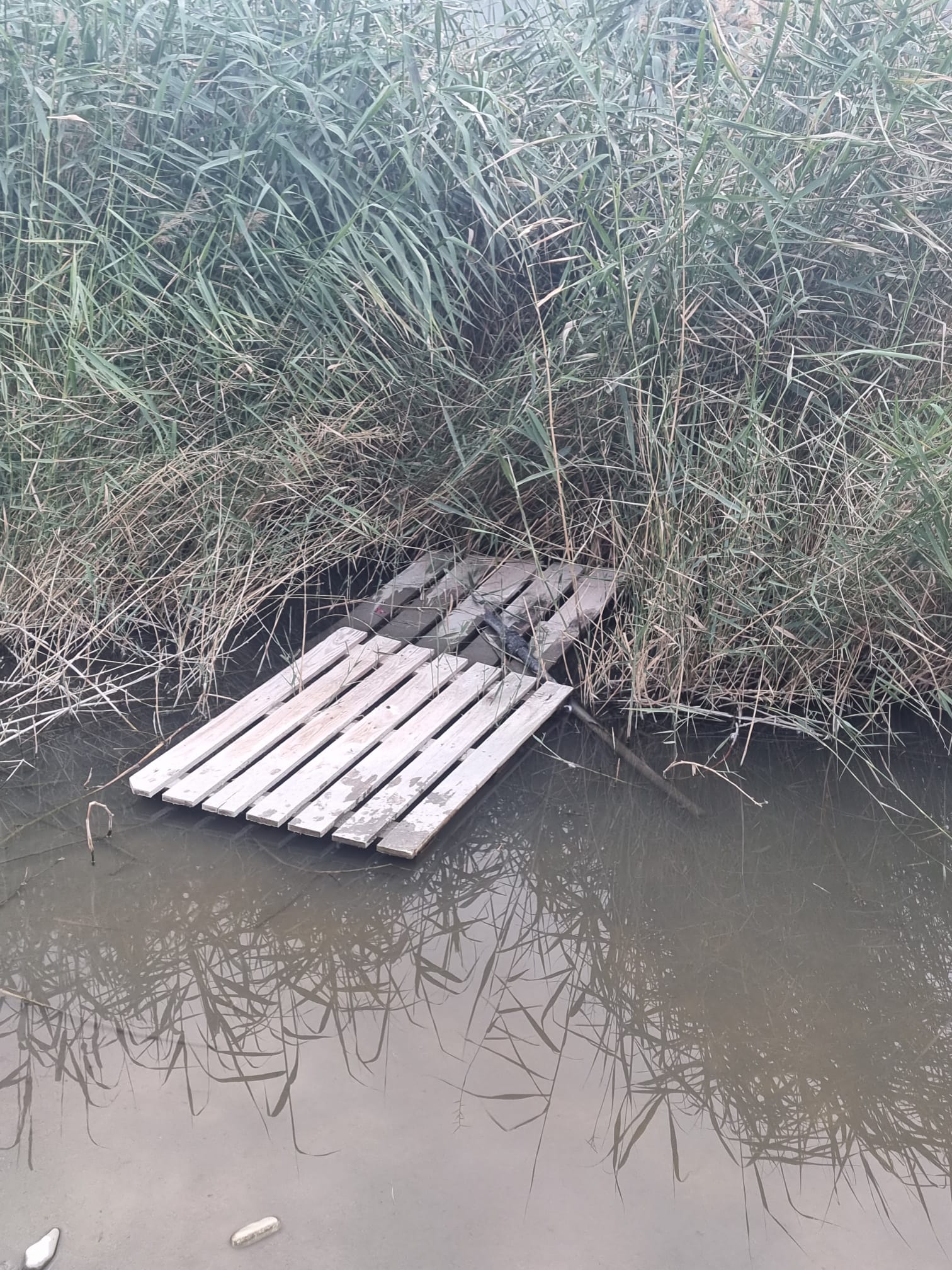
In regards to its management, he explains that the growing reeds, which mark a defining feature of the landscape, have been a subject of debate amongst the residents in the area. While some preferred the reeds to remain as natural filters, providing green space, others advocated for their removal to create unobstructed sea views, he explains
Facontis says that the reeds were completely removed in 2023 and that there is a permanent worker dedicated to maintaining the area by regularly collecting rubbish and ensuring general upkeep. And indeed, Facontis is correct insofar as that a large part of reeds have been cut over the course of completion of this story.
Regarding the aquatic life, Facontis clarified that, according to the department of fisheries, the wetland was home to eels, redfish and mullet. Furthermore, there was a growing population of ducks, including some domestic breeds, which were likely abandoned by their owners and relocated.
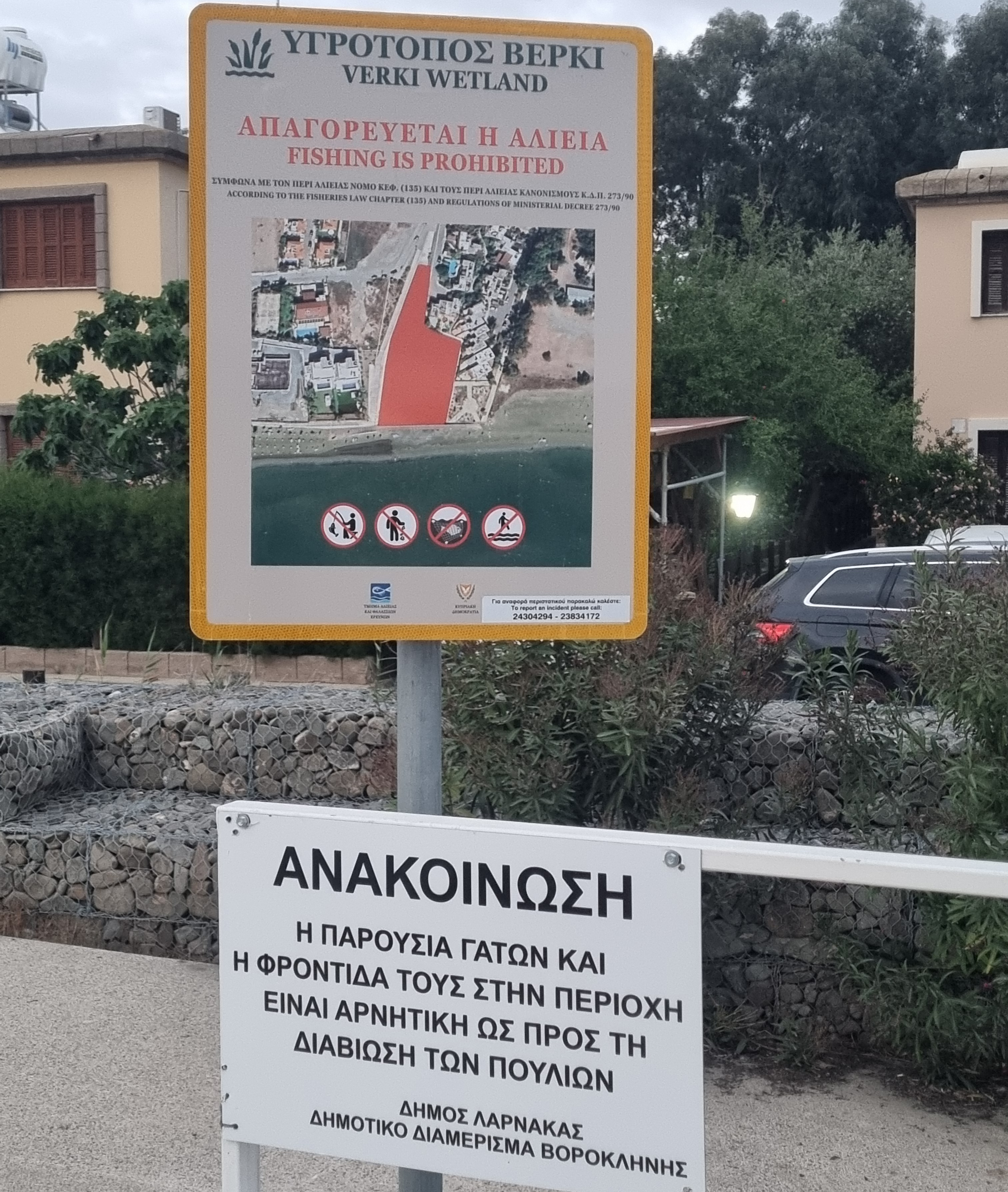
Facontis goes on to elaborate on the phenomenon of dead fish, claiming it was not uncommon but rather occurred each year, particularly in the summer months, once the fish, having grown significantly in size, outgrow the available oxygen supply.
According to Facontis, these periodic die-offs are expected, with regular inspections from the department of environment and other relevant services to monitor the health of the ecosystem.
Facontis clearly has a deep understanding of the situation, but the feeling that no one in the relevant authorities in general is particularly eager to engage with the issue does show a lack of accountability.
Next to the sign prohibiting fishing in the area, another has been installed, warning against feeding cats. It cites their negative impact on birdlife in the wetland, stating, “The cats’ presence and the care for them in the area is negative to the birdlife,” as signed by the municipality of Larnaca, that says it put up the sign following advice from the environment department.
However, the municipality emphasises that it does not particularly oppose the act of feeding cats, but rather argues that doing so at this particular location could exacerbate the problem. The sign, they say, is part of a broader effort to protect local birdlife as the cats would feed on birds and duck eggs.
Katharina Neisel, from the NGO CopsCats, which operates the nearby feeding station, approximately 350 metres in front of the wetland, sees a contradiction in the municipalities approach.
“The real issue is not the well-fed cats but the destruction of natural habitats by humans,” she says. “Properly fed cats do not need to hunt for bird eggs or fish.”
During a visit to the site to photograph the area for this story, we witnessed a young boy, around ten years old, fishing and blithely ignoring the signs put up by the fisheries department.
When asked why he was fishing in water despite the floating dead fish, he claimed that he hadn’t seen them before. To be fair, some fish had clearly been removed during the reed cutting.
He explained that generally he wouldn’t really expect to catch anything there anyway, adding that he was careful not to hurt the ducks. Also, a lot of people would fish there all the time.
It seems that part of the problem lies in the confusion surrounding the areas status, whether it is considered protected or not, and the lack of clarity on who has the final say in such matters. Even if the processes and responsibilities were more defined, it’s likely that the issue would still come down to resources. But if the problem is well-known and recurring every year, it might be time to address the matter more effectively.


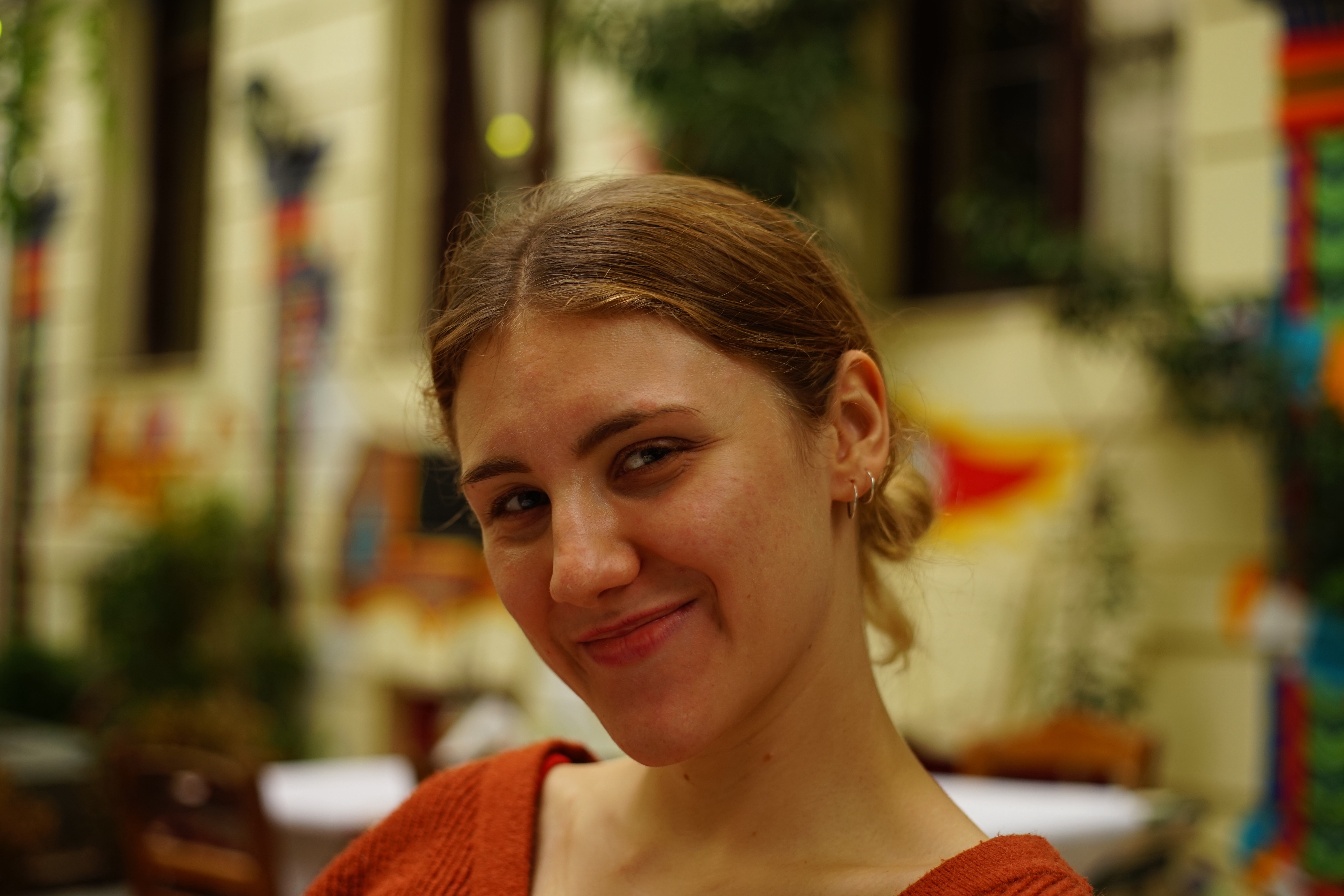
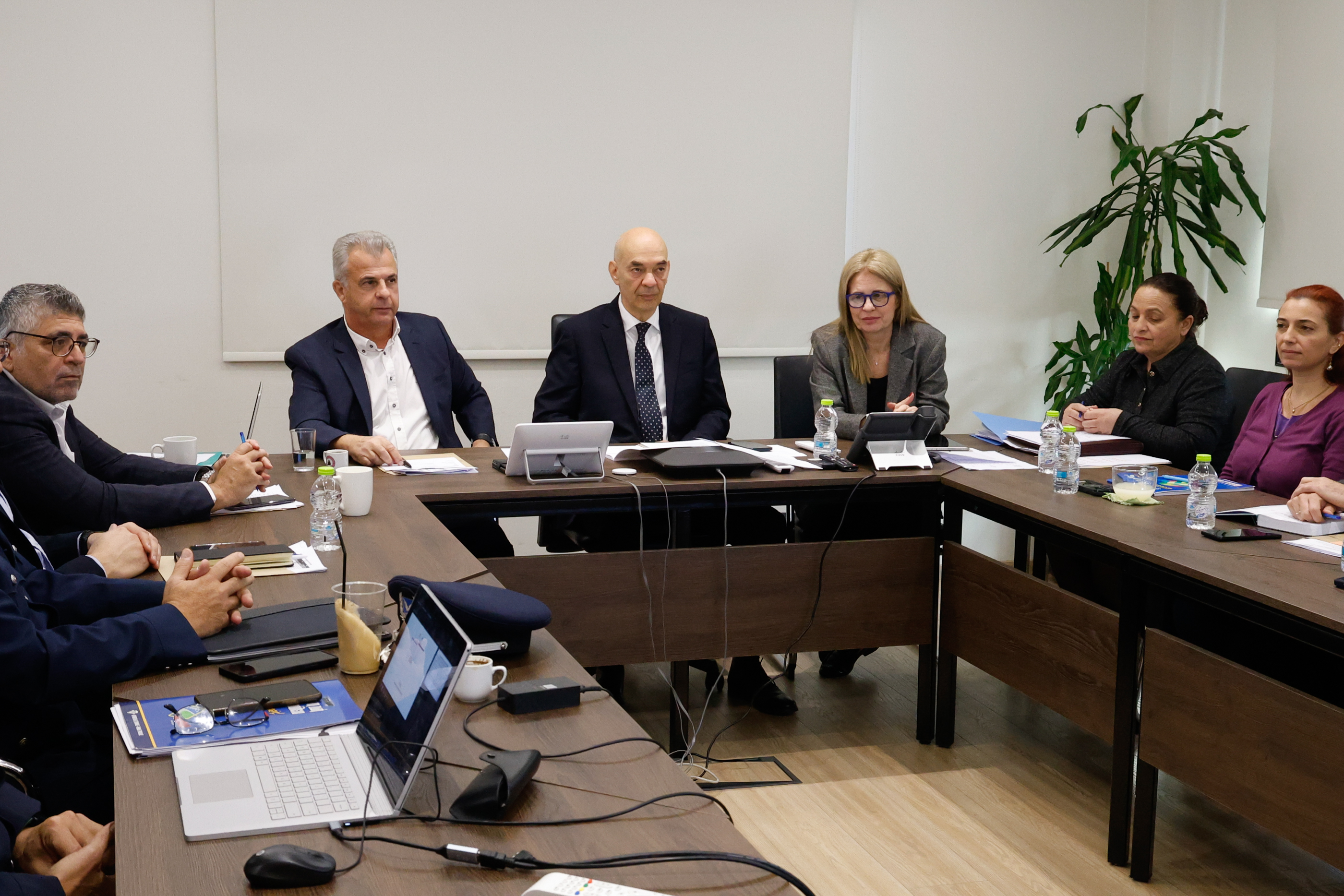
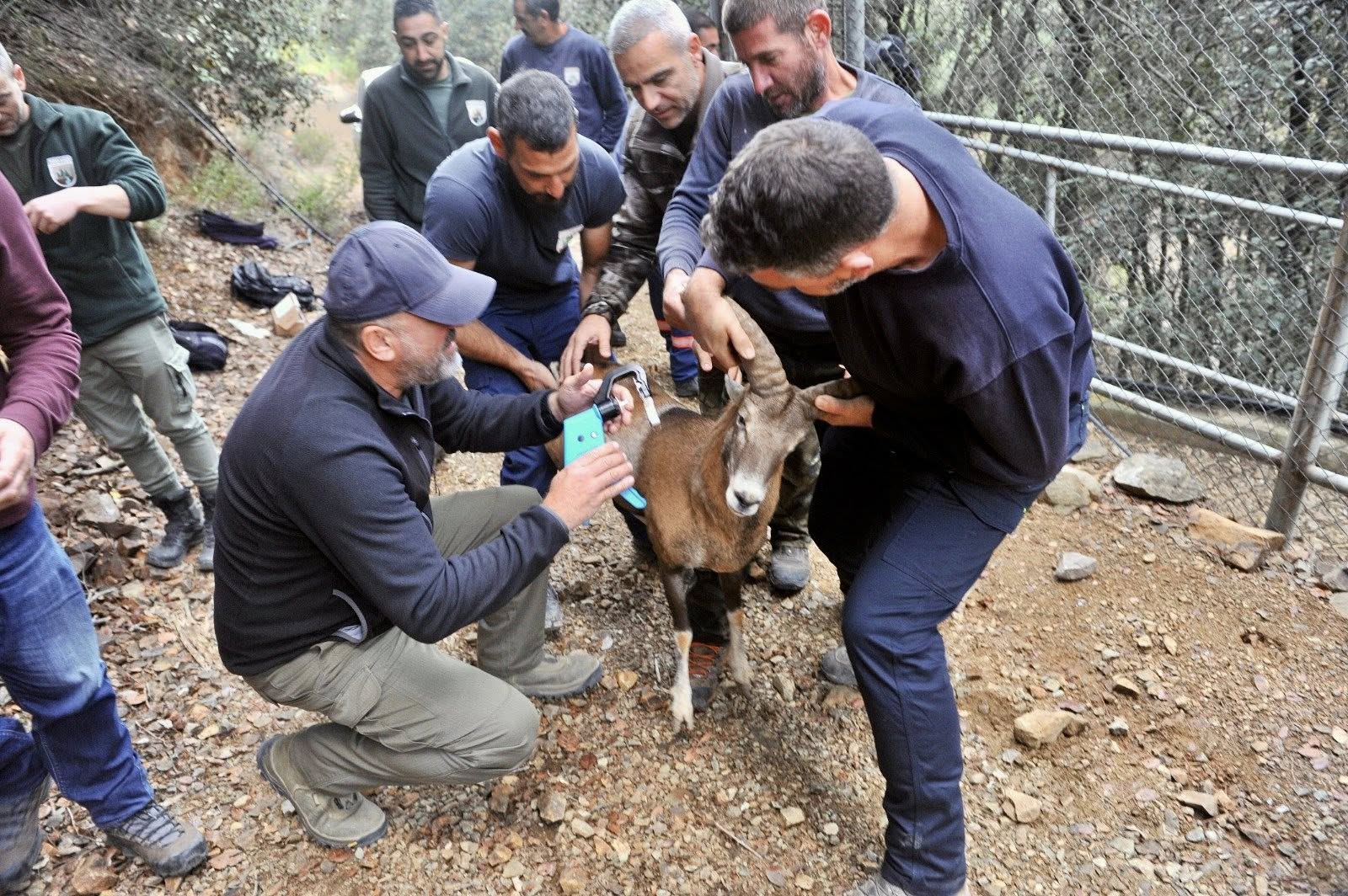
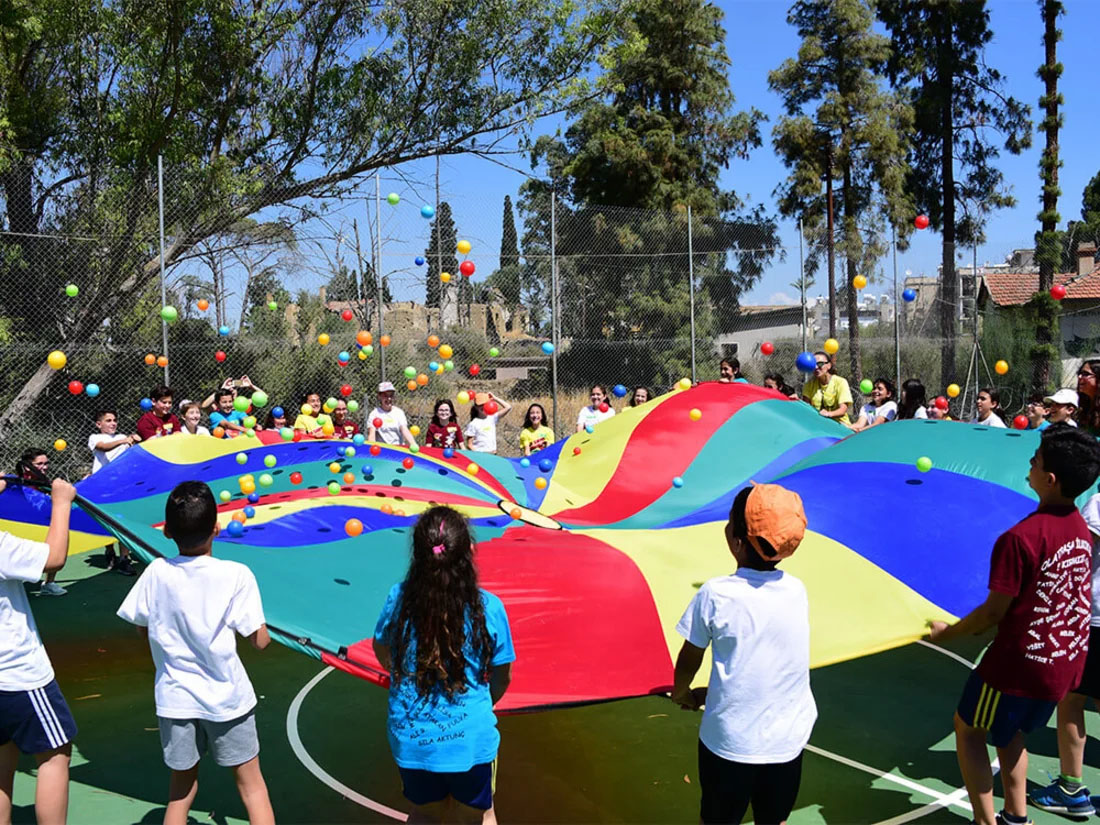

Click here to change your cookie preferences